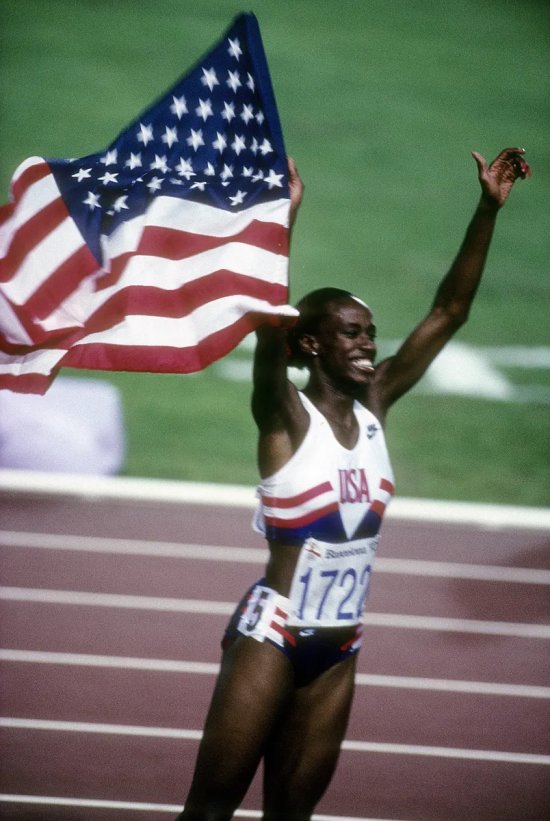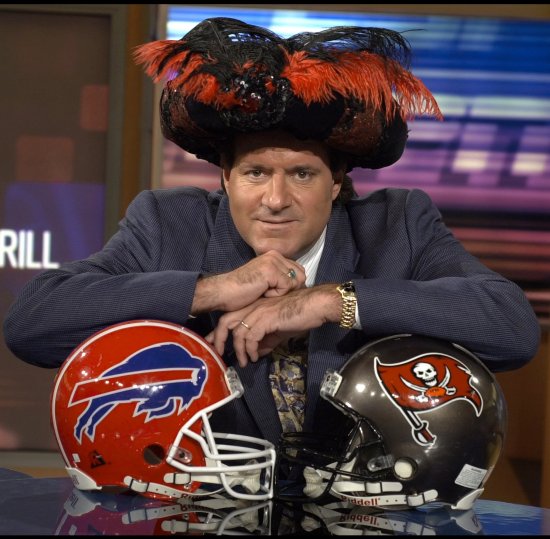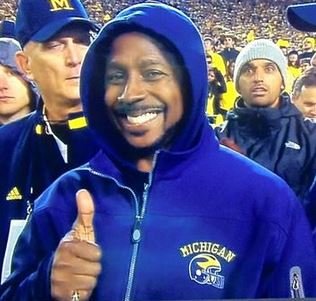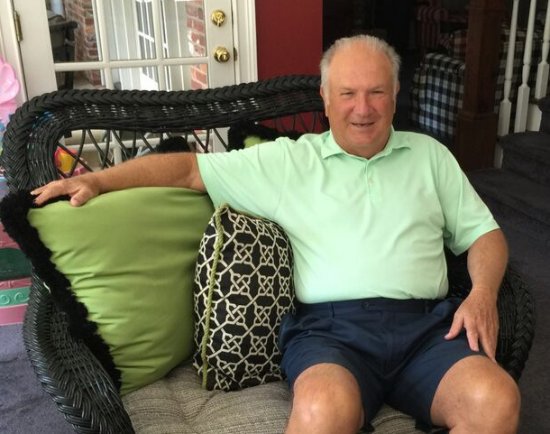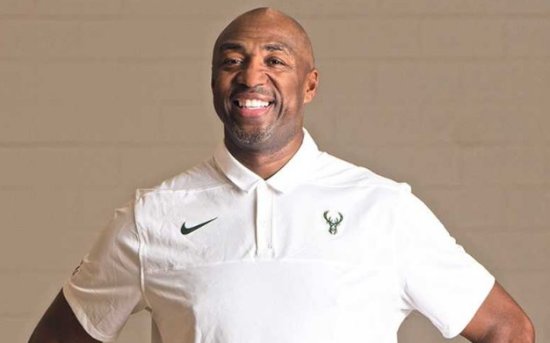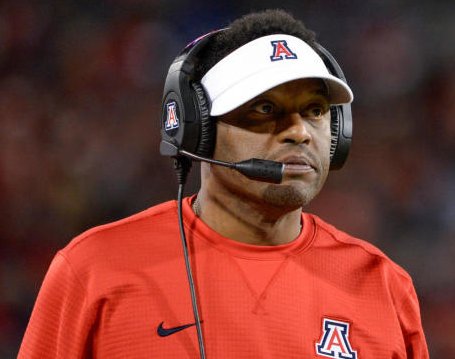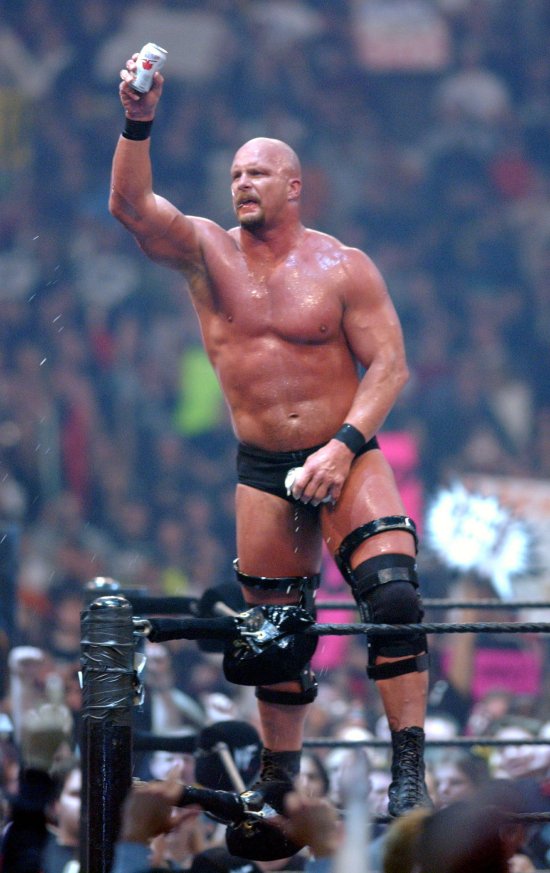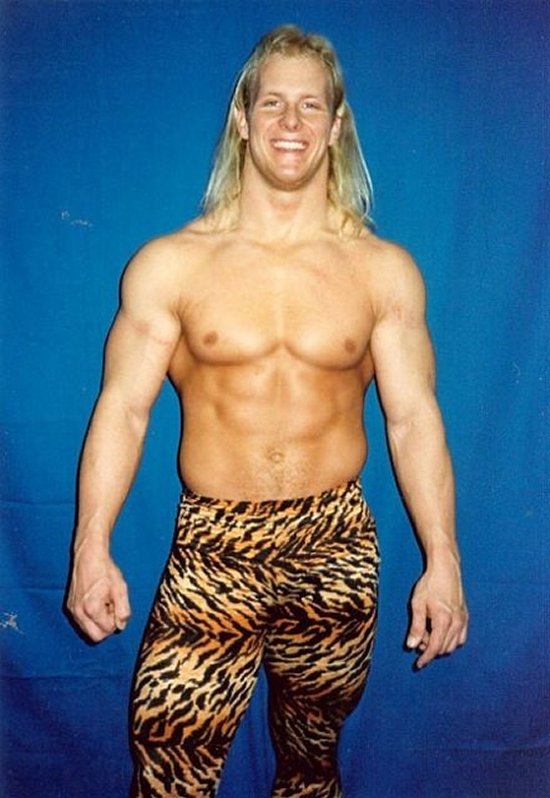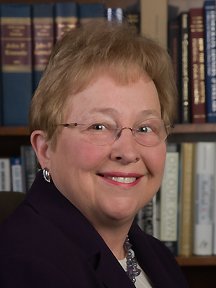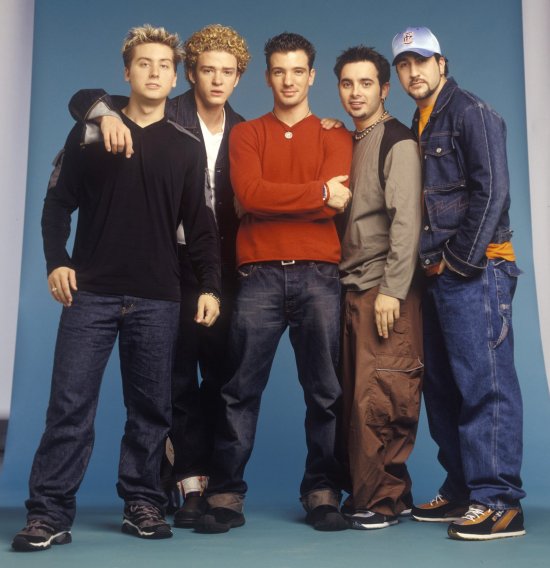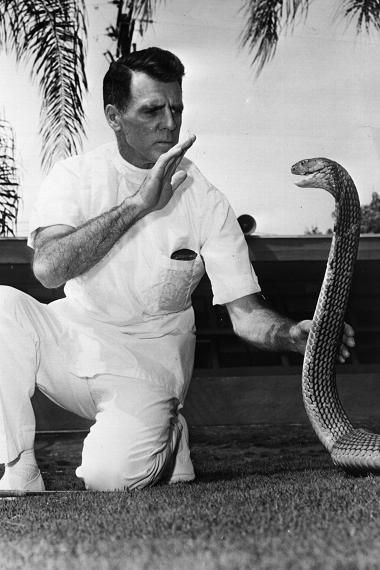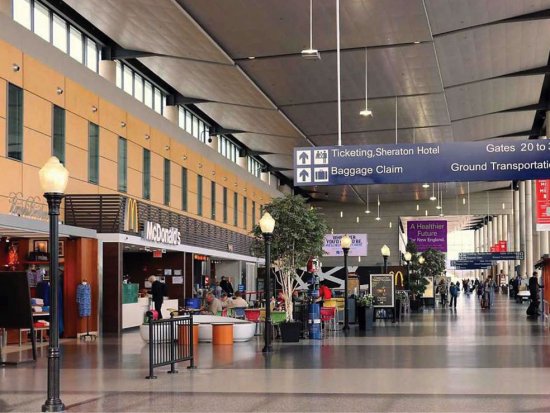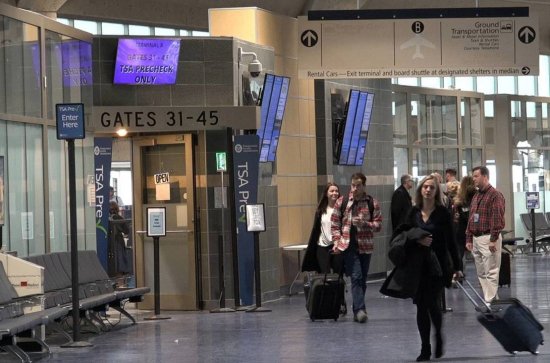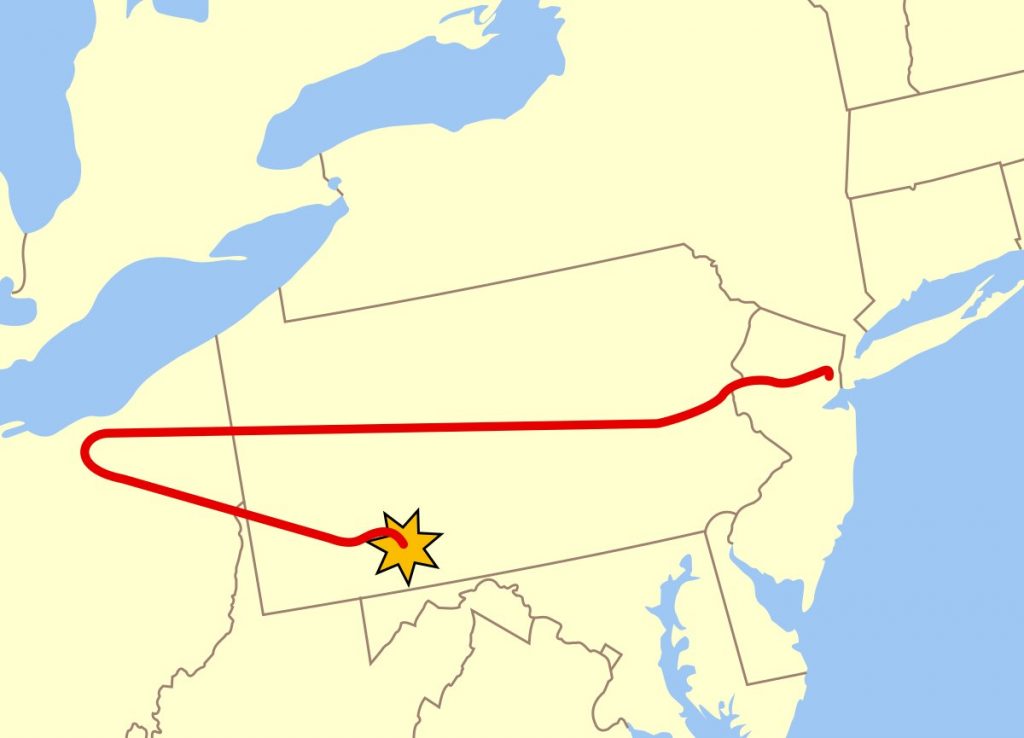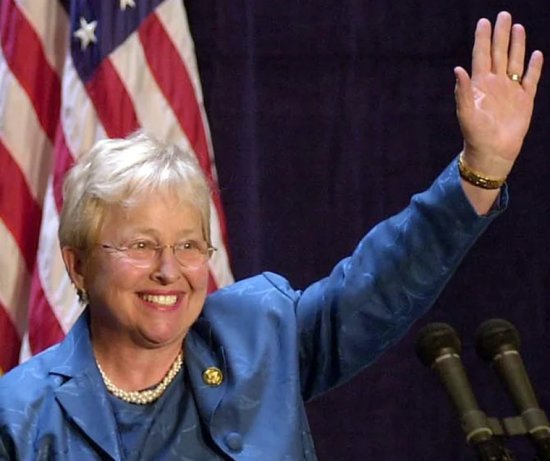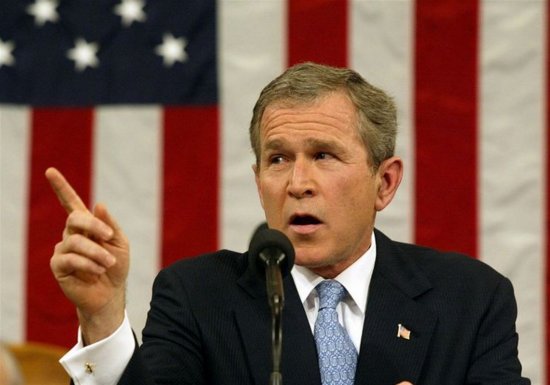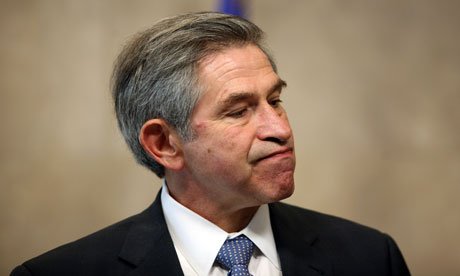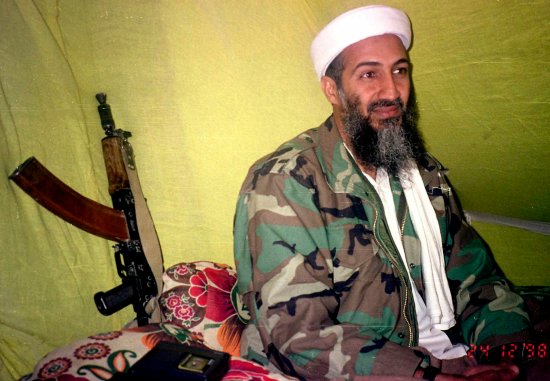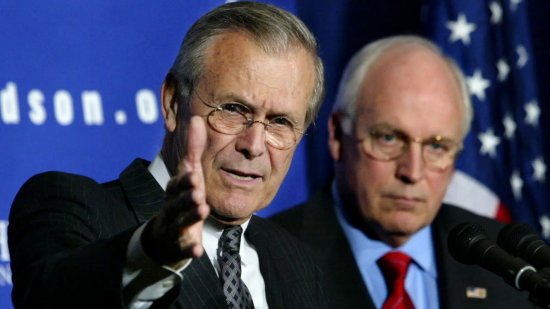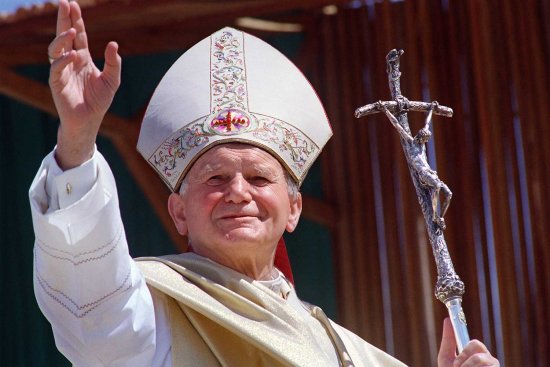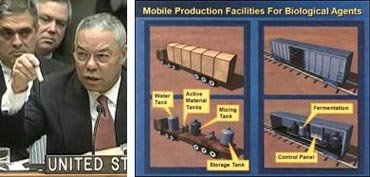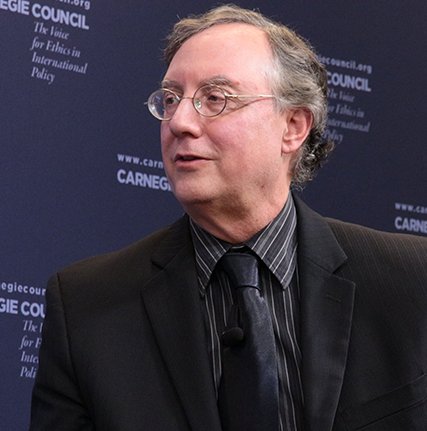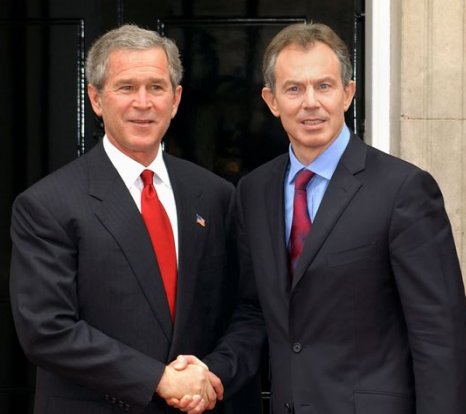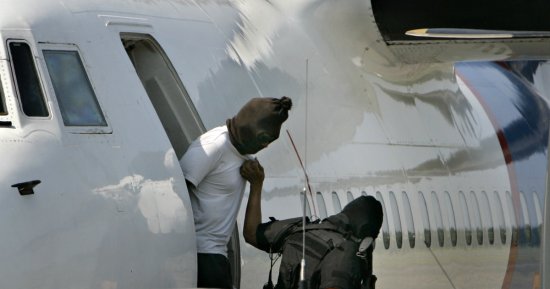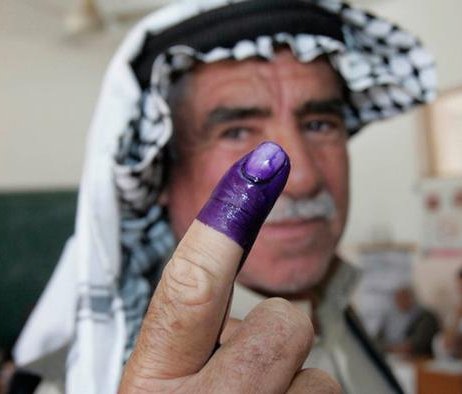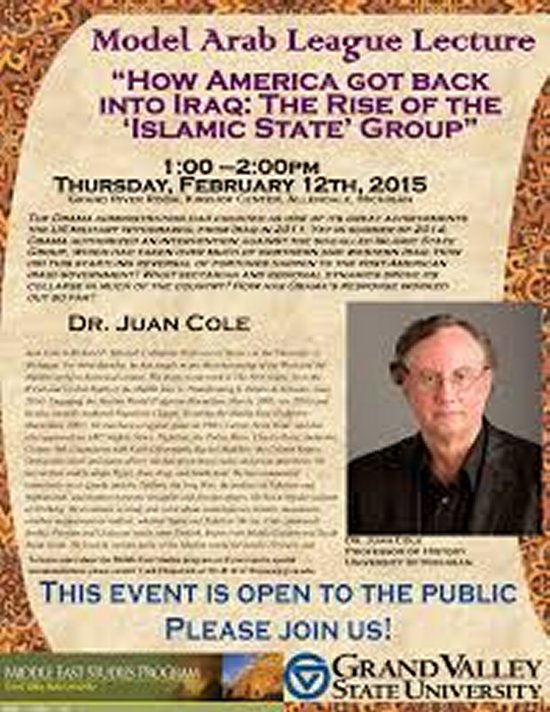All of the famous people that I can remember spotting on my trips were on airplanes or in airports. I probably saw others that I either did not recognize or have forgotten about. After all I spent a lot of … Continue reading
All of the famous people that I can remember spotting on my trips were on airplanes or in airports. I probably saw others that I either did not recognize or have forgotten about. After all I spent a lot of time in New York City, and I went to Robinsons-May in North Hollywood at least half a dozen times.
Sports celebrities: Once in a while I would recognize a famous person in an airport or on a plane. I only talked to two of them, and both conversations were very brief. Most of the celebrities were from the world of sports, or at least “sports entertainment”. Three of them were from ESPN, which is based in Bristol, CT. ESPN’s announcers flew out of Bradley International, the airport in Windsor Locks that I always used.
Jackie Joyner-Kersee was a passenger on one of my flights back to Hartford. She sat in coach. A few people recognized her. She had won three gold, one silver, and two bronze medals at four separate Olympic Games. Her events were the heptathlon and the long jump. Sports Illustrated for Women magazine voted her the Greatest Female Athlete of All-Time.
She was also a star basketball player at UCLA. In 2001 she was voted the greatest female collegiate athlete of the previous twenty-five years.
My recollection is that JJK was in the Hartford area for a charity event. I read about it in the Hartford Courant the next day.
On one of my trips (I think that it might have been on a side trip to visit my parents in Kansas City), I rode on the same plane twice in a row with the same person. That is, my first flight was from BDL to an airline’s hub airport and then from there to my destination. The person who was also on both flights was Chris “Boomer” Berman, a long-time studio host on ESPN.
I had seen Boomer on television many times. My favorite bit was when he adopted his “Swami” persona to give his predictions for NFL games.
I only saw Boomer getting on and off of the airplane. On both legs of our common journey he sat in first class while I was relegated to coach.

I never purchased first class tickets, but because I flew so much, I occasionally was was upgraded. I almost never recognized anyone else in the comfortable seats. Once, however, I sat in first class with a famous sports personality. In fact, I sat right next to Desmond Howard, who was working at ESPN at the time, on a flight that terminated at Bradley. I was in the window seat; he had the aisle seat.
It took me a couple of minutes to recognize him. He did not look like a football player at all. He was only 5’10” and weighed much less than 200 pounds. His most recognizable feature was his broad smile. He had a portable DVD player with him. I was engrossed in a crossword puzzle or a magazine article or something. I had a strong feeling that I was sitting beside someone whom I had seen on television somewhere, but it was not until Desmond smiled at the flight attendant that I recognized him as the 1991 Heisman Trophy winner from my alma mater, the University of Michigan.
When we landed, Desmond quickly rose to exit. I noticed that he had left his DVD player in the magazine storage area on the rear of the seat in front of him. I retrieved it and gave it to him as he was waiting for the exit door to open. He gave me a big smile and thanked me.
The other ESPN personality whom I recognized was Jim Donnan1, the former head football coach at the University of Georgia. I enjoyed his commentary on college football teams before the games were televised. He was always seated behind a desk.
Donnan was the only “personality” whom I approached in an airport. He was dressed in a suit, but he also wore white sneakers. I asked him if he changed his shoes when he went on camera. He said that he wore the sneakers because dress shoes made his feet hurt, and they never showed his feet on camera.
In my experience celebrities generally flew in first class. It was therefore extremely surprising for me to sit across the aisle from Vin Baker2 on a flight back to Hartford. It was not a shock that he was going to Hartford. After all, he was by far the most famous person who ever played basketball at the University of Hartford. What was surprising was that he and his entourage were seated in the coach section. I had trouble finding a place to put my legs, and Vin Baker was 6’11” tall!
I don’t recall whether Baker was still playing in the NBA when he made this trip. His last year was 2006. So, I suspect that he was still playing.
On another occasion I sat next to another large man. This guy I did not immediately recognize, but I could tell from the papers that he was reading and annotating that he was on a recruiting trip as a coach for the University of Oklahoma football team. When I got home I used google to retrieve a list of the Sooners’ coaches. I quickly recognized Kevin Sumlin as the person whom I had sat beside. At the time he was the tight ends coach for Bob Stoops at OU.
In 2008 Sumlin was named the head coach at the University of Houston. He led the team to a 12-1 record and an appearance in a bowl game in 2011. Before that game he accepted the top job at Texas A&M.
In his first year at A&M the Aggies, with Johnny Manziel at quarterback, went 11-2 and beat Oklahoma in the Cotton Bowl. After that his teams, first at A&M and then at Arizona, seemed to get worse every year. His last game as a head coach was an ignominious 70-7 loss to Arizona State in 2020.
The other sports figure whom I recognized on an airplane was more famous than any of the others so far listed. I saved him for last because I only saw him for a few seconds. Also, he was only a “sports entertainment” star.
Many people know of two characters named Steve Austin—the Six Million Dollar Man and Stone Cold. I saw the second one on a flight from Birmingham, AL, to Atlanta. He was sitting in seat 1B, and he had a very large bandage on one of his knees. He apparently boarded early, which meant that absolutely everyone on the plane walked by him. I recognized him immediately, but I didn’t say anything. I assumed that he had received medical attention at one of the sports medicine centers in Birmingham.
I was quite familiar with a third Steve Austin, Stunning Steve Austin, a lithe young wrestler whom I had seen many times on televised WCW performances from Texas. At the time Stunning Steve had long blonde hair, was skinny for a wrestler, and was usually cast as a good guy. His finishing move was called the stunner. Unlike Stone Cold, he was well known for his speed and agility. Also, he never wore armor on his knees or crushed beer cans.
It was hard to fathom, but he was the same guy who later grew into the legendary Stone Cold Steve Austin.
Other celebrities: I saw two fairly famous political figures on airplanes. The first was my congresswoman, Nancy Johnson. One evening we were on the same flight from Washington National to Bradley. I was somewhat surprised by how short she was.
I don’t remember the other person’s name or even what his position was. My recollection was that he was head of the EPA, but I cannot find him on the list of administrators. I can picture him very clearly in my mind and even hear his voice.
On another trip to Hartford in 1999 or 2000 the first class section was largely populated by vivacious young men who were obviously neither salesmen nor investment bankers. They were, in fact, the boy band NSYNC, and at the time they were extremely popular with the teeny bopper set.
Halfway through the flight one of them, Joey Fatone, came back to the coach section and got down on one knee to talk with an elderly couple that was seated right behind me. They were evidently his grandparents.
My recollection is that NSYNC was going to some venue in the Hartford area to give a surprise performance. I don’t think that this gig was part of one of their tours. It might have even been a private gathering. There were no screaming girls waiting for them at the airport.
I did not see many people in wheelchairs in airports, and of that small number only one (to the best of my recollection) was traveling alone. I recognized him immediately as John Hockenberry. He has been on many shows on public TV. I saw him shopping at one of the stores at the Kansas City airport (KCI).
Seeing him made me wonder what he would do if he got hungry. The food concessions at KCI are on the second floor above the stores. Maybe there was an elevator he could use, but I don’t remember seeing one.
The other person of note whom I saw in my travels was not famous in her own right. The woman sitting next to me on a flight told me that her husband, Bill Haast, had held the record for being bit by a poisonous snake the most times. He was often flown to donate blood to bite victims because he had developed immunity to many varieties of snakes.
I had never heard of Bill Haast. When I looked him up I discovered that he was even more amazing than his wife’s depiction of him. His Wikipedia page is here.
He died in 2011 at the age of 100.
1. Jim Donnan seemed to disappear from ESPN early in the teens. I recently learned that in 2011 a Ponzi scheme in which he was a partner collapsed. His partner pleaded guilty, but Donnan was acquitted on all 41 counts in 2014. The government apparently could not prove that he knew about the fraud. Donnan took a job at the American Sports Network in 2014.
2. In 2021 Vin Baker is an assistant coach with the Milwaukee Bucks. His path has been a rocky one. A Los Angeles Times article with the details has been posted here.

